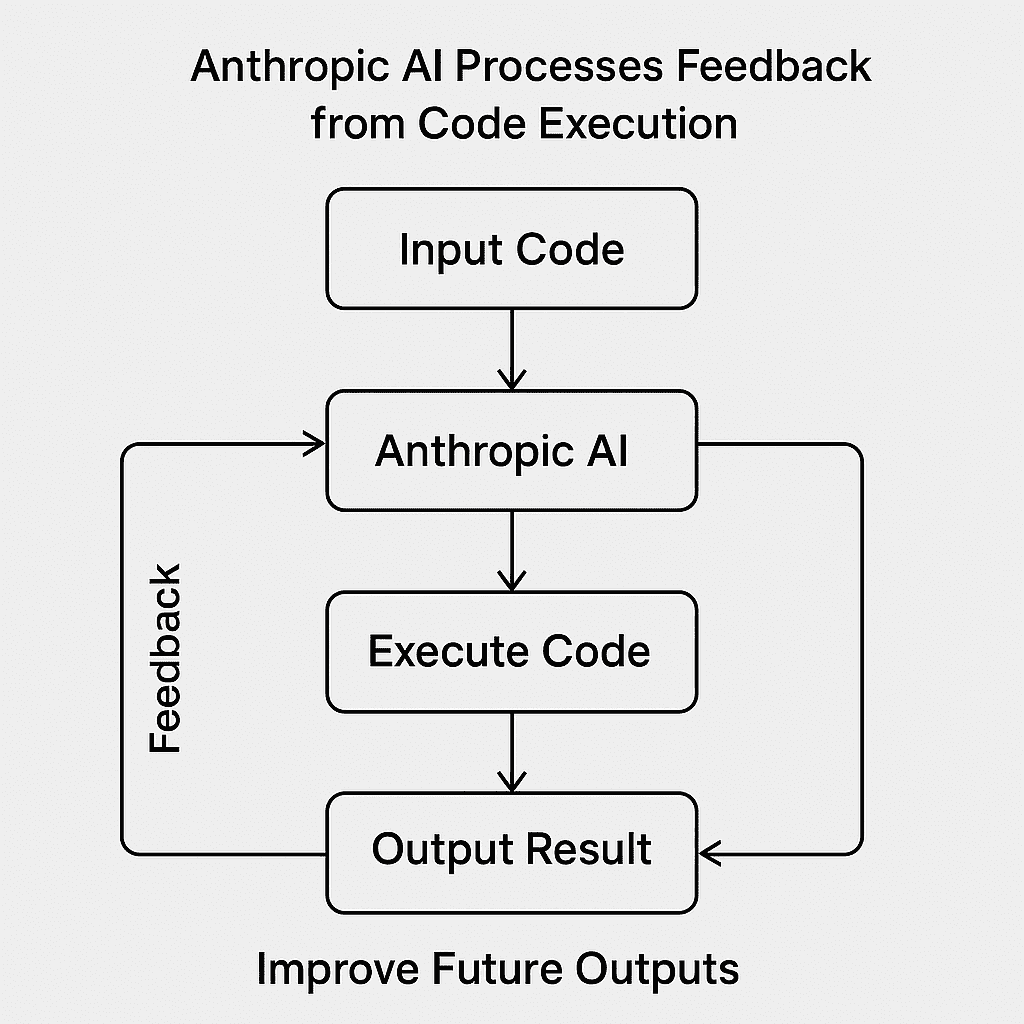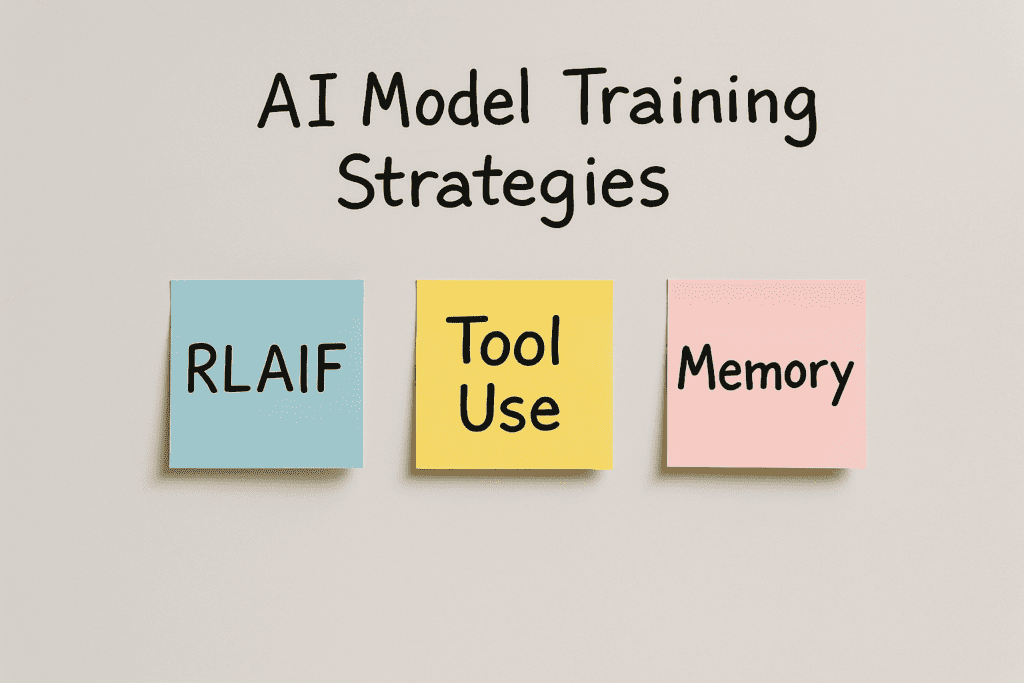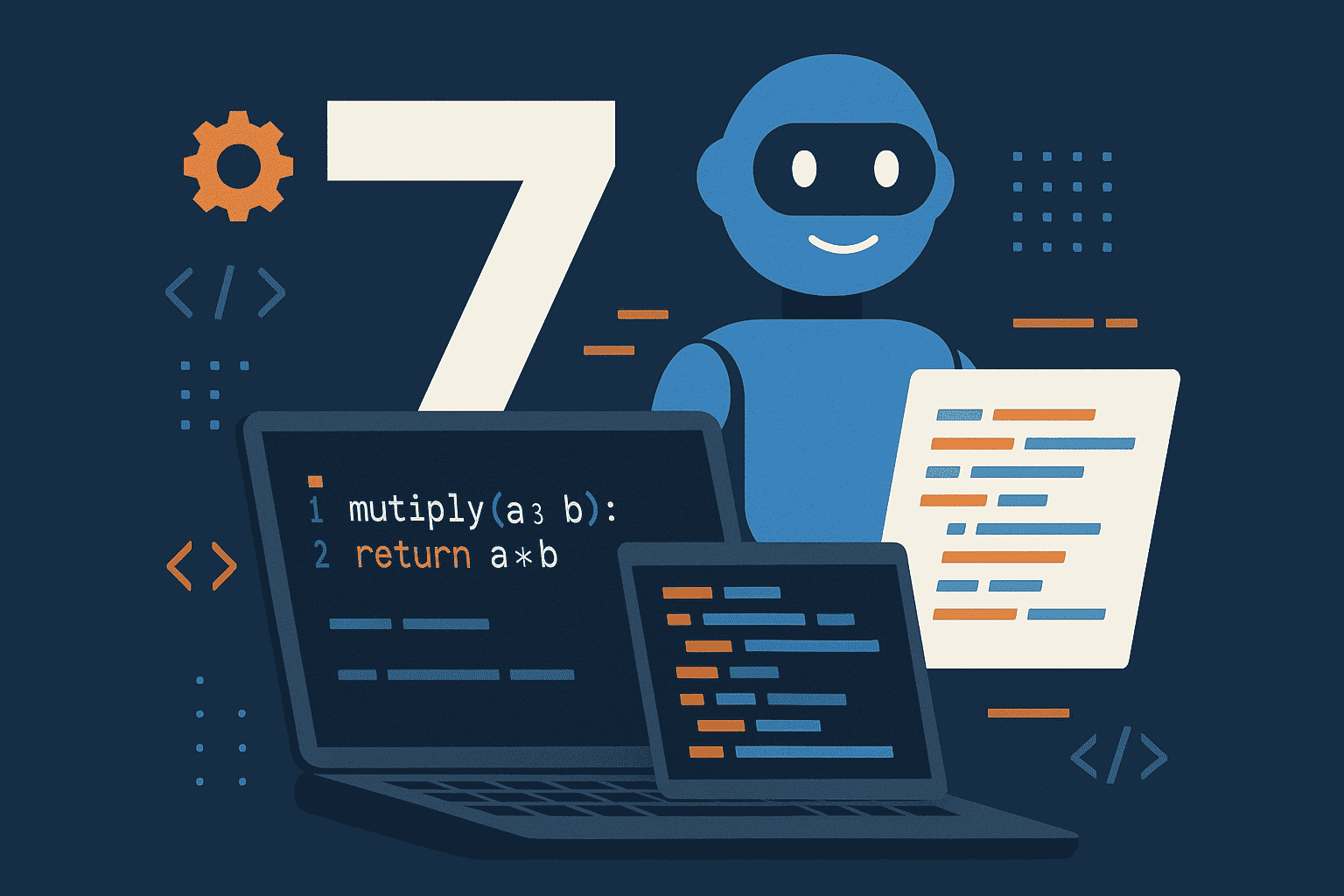What’s Anthropic AI doing that the rest of Silicon Valley can’t quite figure out? That’s the question keeping a lot of smart people up at night. Since the launch of Claude Sonnet 3.5, Anthropic’s models have taken over the coding world — powering everything from GitHub Copilot to Meta’s Devmate.
I couldn’t help but dig into how they pulled it off. Spoiler: it’s not just about having more GPUs.
From clever feedback loops to models that can write, review, and revise their own code — Anthropic’s approach is both simple and deeply strategic.
In this post, I’ll walk you through the 7 surprising moves that gave Anthropic AI its edge. Let’s get into it.
Table of Contents
7 Bold Moves Anthropic AI’s Coding Superpowers
Anthropic didn’t just build a better coding model—they built a smarter feedback loop, a clearer memory system, and a more collaborative AI. And that’s what made all the difference.
Here are seven things you didn’t about this tech giant’s success with coding.
1. The Moment Claude Sonnet 3.5 Blew Everyone’s Mind
Let’s rewind to June 2024.
That’s when Sourcegraph’s CEO, Quinn Slack, saw something that made his jaw drop: Anthropic’s Claude Sonnet 3.5.
He wasn’t alone. Developers everywhere were stunned by how clean, coherent, and human the code was. No hallucinations. No guesswork. Just solid, maintainable code. Overnight, Slack made Claude Sonnet 3.5 their default model—and gave it away for free.
Why? In his words, “Anthropic changed everything.”
If you’re wondering how a relatively quiet AI startup pulled this off, you’re not alone. Elon Musk wants to know. So does Zuck. So does half of Silicon Valley.
But Anthropic isn’t giving away their secret recipe. Not entirely.
Still, a few cracks have opened. Let’s peek inside.
2. Reinforcement Learning from AI Feedback (Yep, AI Teaching AI)

Remember Reinforcement Learning from Human Feedback (RLHF)?
Anthropic took that and pushed it further.
Instead of relying solely on human engineers to rate outputs, they trained their own models to critique themselves.
They call it RLAIF—Reinforcement Learning from AI Feedback.
Here’s how it works:
- The model writes a response.
- It then reviews its own work.
- If it violates certain principles (like clarity or relevance), it edits itself.
It sounds wild, but it works. Especially for coding tasks, where evaluating right vs. wrong is often black-and-white.
This shift freed up Anthropic from bottlenecks like human reviewers. Now the AI could iterate faster—at machine speed.
3. A Feedback Loop Built on Code That Actually Runs
One of the smartest things Anthropic did? They trained their models using code that was deployed, run, and tested.
If the code worked, it got a green light.
If it didn’t? It became a learning moment.
Eric Simons, CEO of Stackblitz, described it like this: “You don’t need to guess if the code’s good—it either works or it doesn’t.”
This gave Anthropic clear yes/no feedback signals—exactly the kind of data AI thrives on.
It’s simple. It’s logical. And it’s surprisingly rare in the AI world.
4. They Taught Their AI to Use Tools (Even Without Hands)
Another brilliant move: Anthropic didn’t just train Claude to write code. They taught it how to use code.
Here’s what that looks like in practice:
- Ask Claude for the weather or stock data.
- It doesn’t just answer from memory.
- It writes and runs a script to call an API and pull the data live.
This “tool use” transforms Claude from a passive chatbot into something closer to a digital teammate—a collaborator who can find answers, not just recite them.
As Dianne Penn from Anthropic puts it, “They don’t have hands, but we trained them to build their own tools.”
That’s powerful.
5. Claude Listens (And Actually Follows Instructions)

Most AI models struggle with long, complex tasks. They lose track of what you’re asking—or just give up halfway through.
Claude? Different story.
Anthropic made sure it could follow instructions through longer coding projects, even days or weeks long. If it got stuck, it could pause, take feedback, and continue working based on human input.
Basically, Claude learned how to… listen.
This is underrated but huge. Especially for developers working on real-world apps that can’t be built in a single prompt.
6. Memory That Actually Remembers What Matters
Let’s be honest—most AI forgets things. Fast.
Anthropic tackled this head-on by teaching Claude how to write things down—literally.
It uses an external scratchpad to:
- Jot down notes about a codebase
- Track decisions over time
- Revisit relevant context when needed
This lets it return to a project hours later and continue without missing a beat.
Dianne Penn explained it best: “It remembers the important stuff. Not what shirt you wore. Just what problem you’re solving.”
And that’s the difference between good AI… and great AI.
7. Claude Code: Their Direct Line to Developers
Now here’s the chess move that caught everyone off guard.
In May 2025, Anthropic launched Claude Code—a command line tool that plugs directly into developers’ terminals.
It’s not just a product. It’s a feedback machine.
By connecting directly to coders, Anthropic now gets rich, real-time data about how people actually code.
That gives them:
- Better training data
- Faster iteration cycles
- Insight into what developers want (and struggle with)
As Ben Mann put it, “We had to be close to our users. Otherwise, we’re guessing.”
And now? They’re not guessing anymore.
So What Makes Anthropic AI So Good at Coding?
It’s not one thing.
It’s not just a bigger model or a smarter engineer.
It’s seven very intentional decisions that Anthropic made years before the competition according to business insider.
Let’s recap:
- They let AI train AI through RLAIF
- They validated outputs with real-world, run-tested code
- They trained Claude to use tools and call APIs
- They improved instruction-following for long projects
- They taught it how to remember the right stuff
- They built a direct feedback loop through Claude Code
- And they’ve kept it all remarkably quiet… until now
The result?
Claude isn’t just writing code.
It’s learning, refining, deploying, and improving—faster than most companies can keep up with.
Final Thoughts
Anthropic didn’t just create a better coding assistant. They quietly redefined what AI coding even looks like.
They skipped the hype. Focused on results. Let the work speak.
And it did.
If you’re in tech, you’re probably already using Claude—directly or indirectly. If you’re not yet, you might be soon.
The real takeaway?
In the race for the best coding AI, speed matters. But so does clarity. So does memory. And so does a solid feedback loop.
And Anthropic? They nailed all three.
Would you ike to learn how you can explore GPT agents for your business’s needs? You can find the full details here.




Pingback: Barclays Profit Surges 23% Thanks to US Tariff Frenzy
Pingback: Amazon-Backed Skild AI Has Changed the Game With Smarter Robots